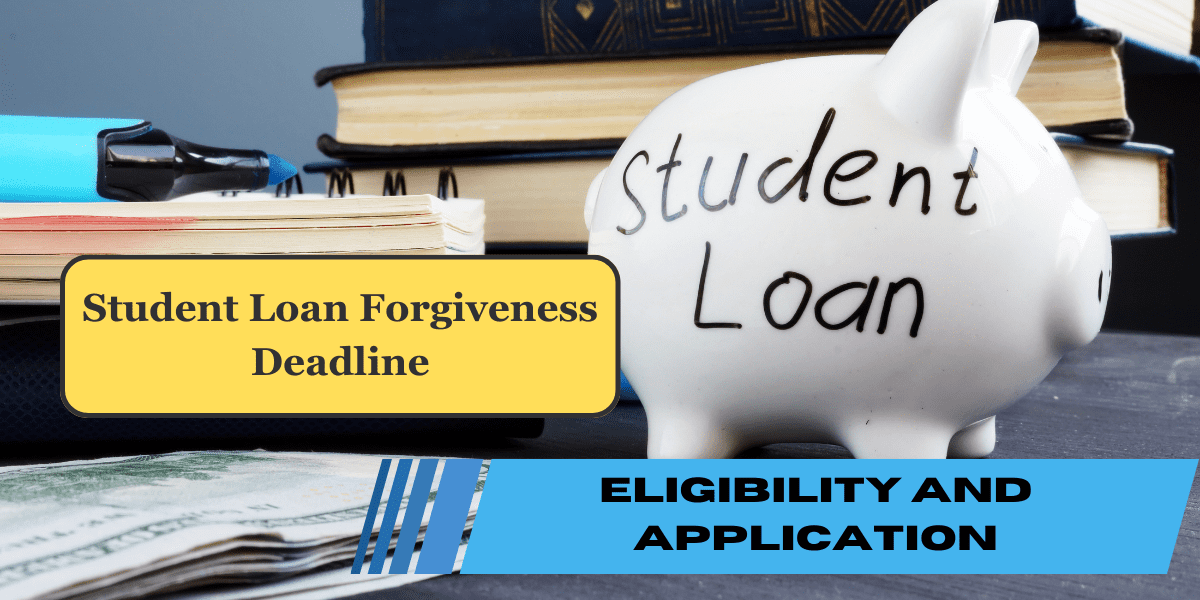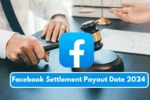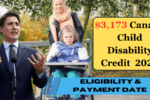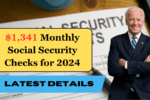More than 43 million people in the United States collectively owe over $1.7 trillion in student loans, encompassing both government and private loans. In recent years, there has been a growing focus on the idea of government canceling federal student debt.
During the pandemic, both Donald Trump and Joe Biden used emergency powers to alleviate the financial burden on college graduates. However, navigating the complex landscape of Student Loan Forgiveness options has become increasingly challenging.
It’s crucial to understand that debt forgiveness is often limited to government loans, not private loans. Nonetheless, since approximately 93% of all student debt is federal, it’s important to consider the government-offered forgiveness options.
President Biden has devoted significant effort to addressing student debt. Due to the pandemic’s economic impact, President Trump suspended loan repayments and interest in March 2020.
President Biden has continued these efforts, assisting borrowers in various life stages, from recent graduates to retirees. However, many borrowers now find themselves in financial limbo due to the uncertainty surrounding the duration of these relief measures.
Table of Contents
Student Loan Forgiveness Deadline in 2024
The student debt forgiveness program aims to offer borrowers the chance to have part or all of their federal student loans forgiven, provided they meet specific criteria.
These programs are designed to assist those struggling with student debt, especially individuals working in public service or facing financial hardship.
| cpp 1560 monthly increase payment july 2024 |
| cra payment dates |
| canada carbon rebate 2024 released |
| canadian dental care plan |
| canadians eligible for class action settlement |
Overview of Student Loan Forgiveness Deadline in 2024
| Title | Student Loan Forgiveness Deadline |
|---|---|
| Country | United States of America |
| Year | 2024 |
| Month | June |
| Amount | $17,500 |
| Beneficiaries | Veterans of US |
| Category | Finance |
Student Loan Forgiveness Programs by Type
Several student debt forgiveness programs exist, each with its own set of requirements:
- Public Service Loan Forgiveness (PSLF): This program forgives the remaining debt on Direct Loans after 120 qualifying monthly payments are made under a qualifying repayment plan while working full-time for a qualifying employer.
- Teacher Loan Forgiveness: This program forgives up to $17,500 of Direct or FFEL Subsidized and Unsubsidized Loans for teachers serving in low-income schools or educational support organizations.
- Income-Driven Repayment (IDR) Forgiveness: Borrowers on an IDR plan may be eligible to have their remaining loan balance forgiven after making payments for 20 or 25 years, depending on the plan.
- Closed School Discharge: Borrowers can have their loans canceled if their school closes while they are enrolled or shortly after they leave.
Eligibility and Application Process
Who Is Eligible for Student Loan Forgiveness?
Eligibility varies by program, but generally, borrowers must have federal student loans and meet specific conditions, such as:
- Employment with a qualifying public service or nonprofit organization.
- Making a certain number of qualifying payments under a qualifying repayment plan.
- Working at a low-income school or educational service agency.
- Experiencing financial hardship or having a low income relative to debt.
How to Apply for Student Loan Forgiveness
The application process for student debt forgiveness can be complex, but breaking it down into steps can make it more manageable:
- Check Your Loan Type: Ensure your loans are federal and eligible for forgiveness programs, as private loans typically do not qualify.
- Meet Employment Requirements: Verify that your employer qualifies for PSLF or that you work full-time for a qualifying employer for Teacher Loan Forgiveness.
- Select a Repayment Plan: Enroll in a qualifying repayment plan, such as Income-Driven Repayment (IDR) or Standard Repayment.
- Make Qualifying Payments: Make the required number of qualifying payments on your loans.
- Submit Your Application: After meeting all requirements, submit your application along with any necessary documentation to your loan servicer.
Best Practices and Tips for Maximizing Forgiveness
Reviewing and Optimizing Your Repayment Strategy
Consider these tips to increase your chances of loan forgiveness:
- Stay Informed: Keep up with changes to student loan regulations and programs.
- Enroll in Auto-Debit: This ensures you never miss a payment, maintaining your eligibility.
- Certify Employment Annually: For PSLF, submit the Employment Certification Form (ECF) annually to verify your qualifying employment and payments.
- Consider Consolidation: Consolidating multiple federal loans into a Direct Consolidation Loan can simplify payments and ensure all loans are eligible for forgiveness.
- Seek Professional Advice: Consult a financial advisor or student loan expert to navigate the forgiveness process and make informed decisions.
Avoiding Common Mistakes
Avoiding these common pitfalls can improve your chances of forgiveness:
- Missing Payments: Failing to make even one payment can disqualify you from forgiveness programs.
- Incorrect Employer Certification: Ensure your employer qualifies and accurately certify your employment status.
- Ineligible Repayment Plans: Verify that you’re enrolled in a qualifying repayment plan.
- Incomplete Documentation: Maintain thorough records of all payments and employment certifications.
Current State of Student Loan Forgiveness
Despite these efforts, legal challenges persist. Republican attorneys general have filed lawsuits to block the SAVE plan, although one such lawsuit recently failed in Kansas.
For public workers, the Public Service Loan Forgiveness (PSLF) program remains a viable option, offering debt forgiveness after 120 monthly payments for qualifying employment. These initiatives by the Biden administration have significantly reduced debt for many borrowers.
Borrowers have until June 30 to apply for a one-time payment adjustment under a separate Education Department program, potentially resulting in debt cancellation or balance reductions. By consolidating debt and enrolling in an income-driven repayment plan, borrowers can expedite their path to loan forgiveness.
Even though navigating these programs can be daunting, the potential benefits make the effort worthwhile. Eliminating student debt can significantly improve borrowers’ financial stability, even though it may impact their credit scores.
FAQs
Will student loan payments be canceled?
The SLC will usually cancel any loan plus interest after 30 years of repayment, if the borrower dies before the loan is paid off, or if the borrower is permanently unable to work due to a disability and receives a disability-related benefit with written proof from a medical professional.
How do you know if your student loans will be forgiven?
Loans in repayment for more than 20 or 25 years may qualify for forgiveness. Borrowers who reach 20 or 25 years (240 or 300 months) of eligible payments for IDR forgiveness will see their loans forgiven as they reach these milestones.




